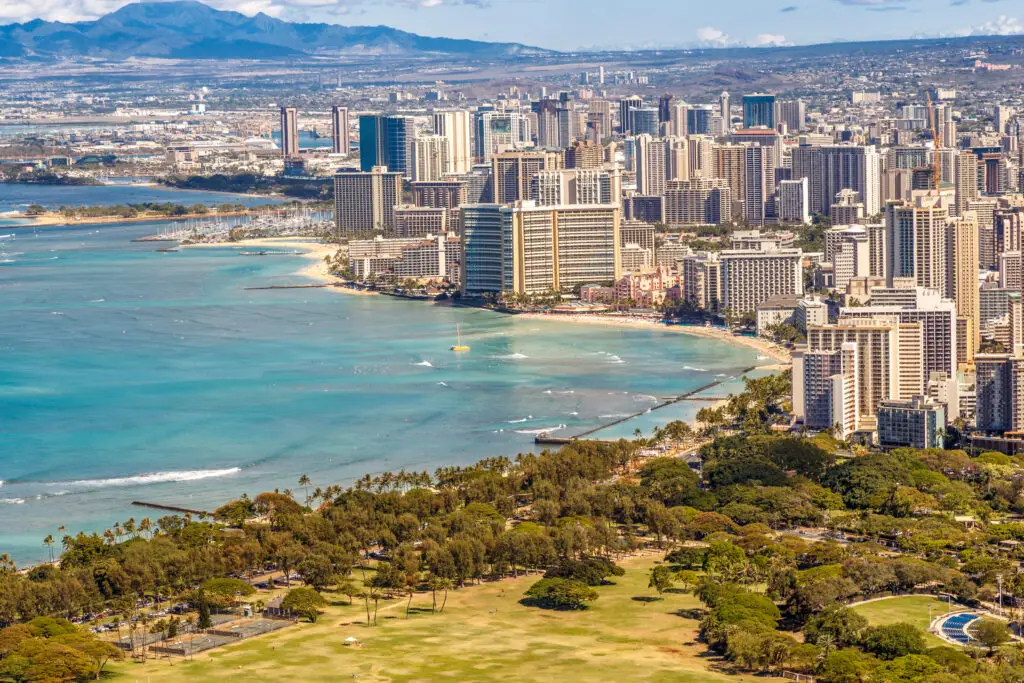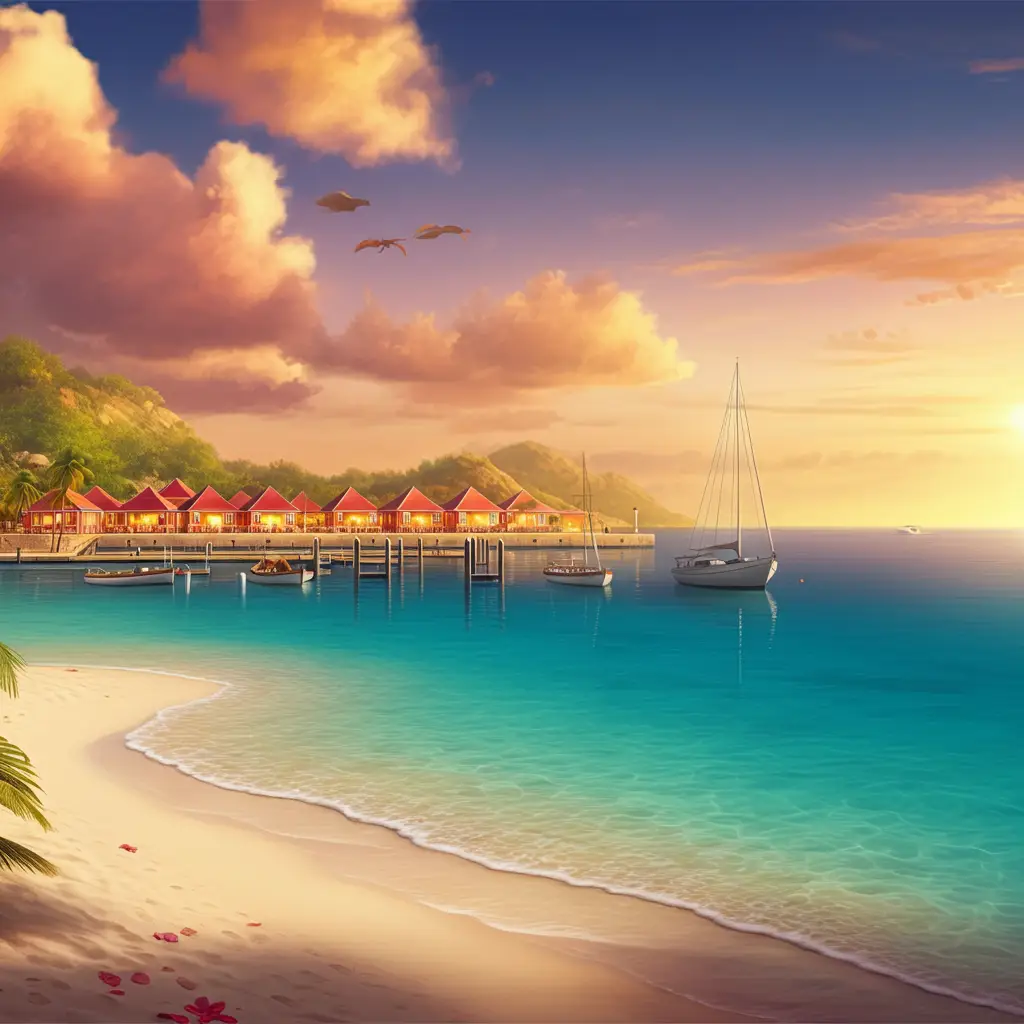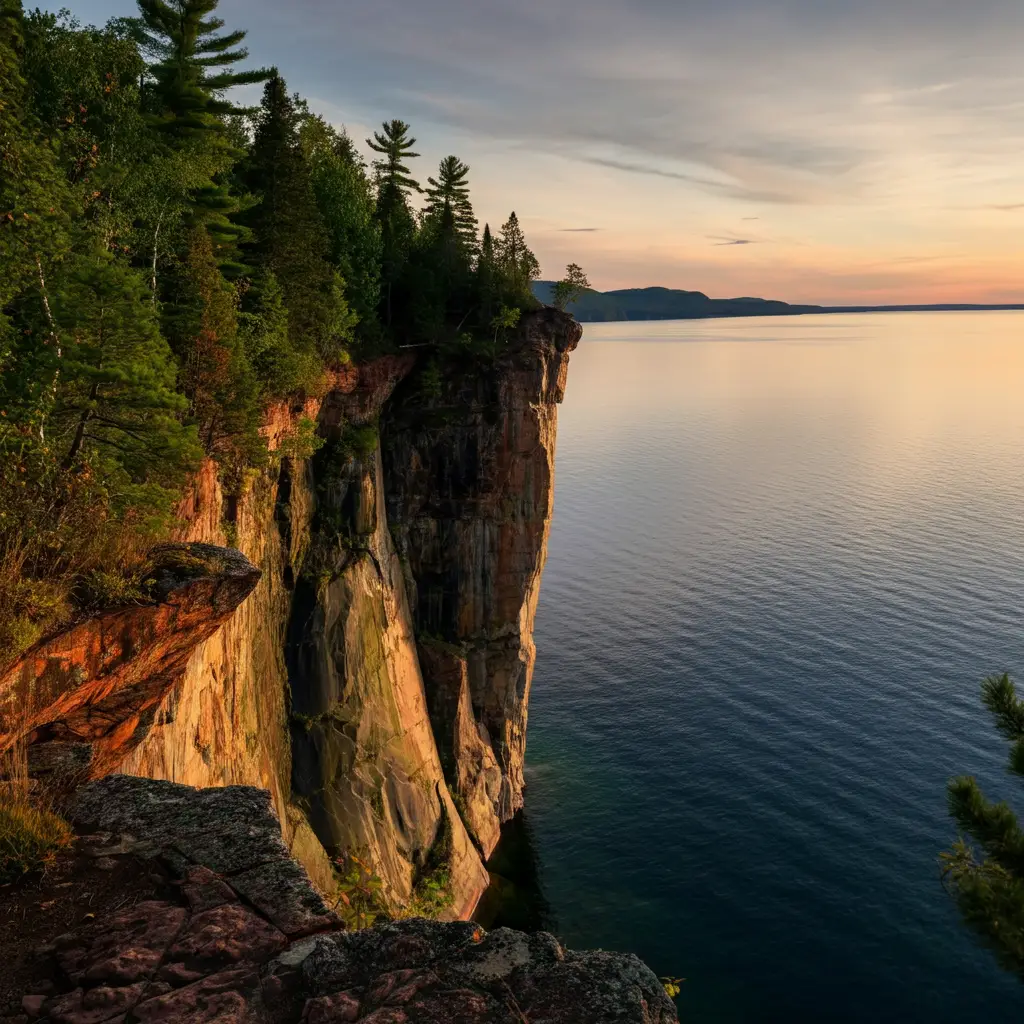Over my 20 years of traveling, I’ve learned that some places defy simple descriptions. The Big Island of Hawai’i is one of them. It’s a land of creation and contradiction, where fire meets water, new land is born before your eyes, and you can travel through a dozen different climate zones in a single day. This isn’t just another Hawaiian island; it’s a living, breathing entity with a raw power that will leave you speechless. I’m here to share my expert insights to help you navigate Hawaii Travel this island of discovery. We will explore its incredible diversity, from the lush rainforests of Hilo to the sun-drenched lava fields of Kona. I’ll provide essential travel tips, highlight must-see destinations and activities, and tell you the absolute best time to visit this geological wonderland.
The Unique Soul of the Big Island
The Big Island is aptly named—it is larger than all the other Hawaiian islands combined and is still growing. Its uniqueness lies in its sheer scale and mind-boggling diversity. This is where you can witness the primal forces of nature in a way that feels both ancient and immediate.
A Land Forged by Fire
The island is home to two of the world’s most active volcanoes, Kīlauea and Mauna Loa. Hawaiʻi Volcanoes National Park is a testament to their power, a landscape scarred and shaped by relentless lava flows. You can walk on land younger than you are and feel the heat radiating from steam vents in the earth. This constant state of creation gives the island an energy that is palpable and deeply humbling.
A Kaleidoscope of Landscapes
Where else can you find snow-capped peaks, verdant rainforests, thundering waterfalls, sun-baked deserts, and stunning black and green sand beaches all in one place? The Big Island is a world of its own, with distinct Kona (west) and Hilo (east) sides offering completely different experiences. The dry, sunny Kona coast is famous for its coffee farms and pristine snorkeling bays, while the wet, tropical Hilo side is a wonderland of waterfalls and lush botanical gardens.
Living Hawaiian Culture
The Big Island holds a place of deep cultural significance. It was the home of King Kamehameha I, who united the Hawaiian Islands, and it contains many of the state’s most sacred historical sites (heiau). Here, Hawaiian traditions are not just preserved; they are lived every day. You can feel this connection to the past in the stories, the place names, and the profound respect for the ‘aina (the land).
A Seasoned Traveler’s Big Island Tips
To get the most out of this complex island, a little planning goes a long way. These are my go-to tips for a successful Big Island adventure.
Explore Both Kona and Hilo
Many visitors make the mistake of staying only on one side. To truly experience the Big Island, you must explore both. The drive between the two reveals the island’s incredible diversity. Plan to spend at least a few days on the sunny Kona side for beaches and water activities, and then dedicate time to the lush, wild Hilo side for rainforests and volcanic exploration.
Pack for Every Climate Imaginable
This is not an exaggeration. You’ll need your swimsuit and flip-flops for the Kona coast, but you’ll also want a rain jacket for Hilo’s frequent showers. If you plan to visit the summit of Mauna Kea for stargazing or sunrise, you must bring serious winter gear—a warm coat, hat, gloves, and pants. Temperatures at nearly 14,000 feet can be freezing, even when it’s 80 degrees at sea level. Layering is key.
Respect the ‘Aina and Its Traditions
The land is sacred here. Never take sand, rocks, or lava from the island; local legends say it brings bad luck from the volcano goddess Pele, but more importantly, it’s about respecting the environment. Heed all warning signs, especially in Hawaiʻi Volcanoes National Park. Stay on marked trails, don’t climb on heiau (sacred temples), and always practice “mālama ‘āina”—caring for the land.
Must-Visit Spots and Epic Activities
The Big Island is an adventurer’s playground. Here are some of the experiences you simply cannot miss.
Hawaiʻi Volcanoes National Park
This is the heart of the Big Island experience. It’s a dynamic landscape where you can witness the power of Kīlauea.
- What to Do: Drive the Crater Rim Drive to see the massive Halemaʻumaʻu crater. Hike across a solidified lava lake on the Kīlauea Iki trail and walk through the Thurston Lava Tube. If volcanic activity is present, viewing the glow of lava at night is a life-changing experience.
- Why I Love It: It’s a powerful, real-time geology lesson. You feel the earth’s energy and gain a profound appreciation for the forces that shape our planet.
Mauna Kea Summit
The highest point in all of Hawai’i, Mauna Kea is a dormant volcano and one of the world’s premier sites for astronomy.
- What to Do: Join a guided stargazing tour. The clarity of the sky at this altitude is astonishing. You’ll see the Milky Way in breathtaking detail. Note: A 4WD vehicle is required to reach the summit, and it’s recommended to go with a tour due to the altitude and challenging road.
- Why I Love It: Standing above the clouds, watching the sunset, and then seeing the universe unfold above you is a spiritual experience.
Punaluʻu Black Sand Beach
Located on the southeastern coast, this iconic beach is made of tiny basalt lava fragments.
- What to Do: Walk along the stunning black sand and look for Hawaiian Green Sea Turtles (honu) that often bask on the shore. Remember to keep a respectful distance—at least 10 feet.
- Why I Love It: The contrast of the black sand, green palms, and blue ocean is visually spectacular. It’s a perfect spot to witness the island’s unique geology.
Unforgettable Big Island Adventures
- Snorkel with Manta Rays: Off the Kona coast, you can take a night snorkel or dive tour to see majestic manta rays gracefully feeding on plankton. It’s a magical and unforgettable encounter.
- Hike to a Green Sand Beach: Papakōlea Beach is one of only four green sand beaches in the world. Reaching it requires a strenuous, hot hike, but the reward is a truly unique landscape.
- Explore Waipi’o Valley: Known as the “Valley of the Kings,” this lush, culturally significant valley has steep cliffs and a black sand beach. Access is restricted and best done with a guided tour.
The Best Time to Visit the Big Island
Like the other Hawaiian islands, the Big Island is a fantastic year-round destination. However, the best time to visit for an ideal balance of weather, crowds, and price is during the shoulder seasons: April to June and September to November.
During these months, the peak winter crowds have departed, and the summer family vacation rush has not yet begun. You can expect beautiful, sunny weather on the Kona side and the vibrant, green landscapes of the Hilo side. Prices for flights and accommodations are often lower, and you’ll have more space to yourself at popular attractions.
Your Journey to the Island of Discovery
The Big Island of Hawai’i is not a place you simply see; it’s a place you feel. It’s a destination that reminds you of the planet’s power and beauty. It will challenge your sense of scale and reward you with experiences that are as profound as they are thrilling. Embrace its diversity, respect its power, and let the island of fire and water leave its mark on your soul.





